- About us
- Support the Gallery
- Venue hire
- Publications
- Research library
- Organisation chart
- Employment
- Contact us
- Make a booking
- Onsite programs
- Online programs
- School visit information
- Learning resources
- Little Darlings
- Professional learning
William Bligh (1754–1817), naval officer and governor, first went to sea as a boy and later joined the Royal Navy. Aged 16, he joined the Royal Navy, and at age 22, he was appointed to Cook’s third voyage as Master of HMS Resolution. On the voyage he honed the exceptional navigational skills that would become, along with volatility and authoritarianism, his best-known characteristics. In 1787, he was appointed to command HMS Bounty on a voyage to Tahiti, a journey that ended for Bligh in April 1789 in mutiny. According to Bligh’s account, he was dragged from his cabin at sunrise, bound and repeatedly threatened with death before being set adrift in the ship’s launch with his supporters. The voyage that ensued is considered one of history’s most remarkable feats of seamanship, as Bligh, with minimal provisions and no maps, successfully navigated the open boat over 3000 miles to Timor, losing only one of his men and during the voyage charting part of the coast of Australia. In 1805, on the recommendation of Sir Joseph Banks, Bligh was appointed governor of New South Wales, taking up the post in August 1806 with a brief to curb the trade in rum and the influence of powerful, wealthy colonists. Again, despite his general integrity, Bligh’s abrasive manner and rigid adherence to orders created conflict over issues such as land, planning and convict labour. This led ultimately to Australia’s first and only military coup, the so-called ‘Rum Rebellion’ of January 1808, wherein Bligh was deposed by the New South Wales Corps and held under house arrest in Sydney for more than a year. After returning to England in 1810, Bligh was eventually promoted to Vice Admiral. He died in London, survived by his six daughters.
In this portrait Bligh is shown wearing the naval uniform of master and lieutenant, shortly before he was posted to Cook’s HMS Resolution, on which Webber also sailed.
Purchased with funds provided by the Liangis family 2015
Mrs Sortiria Liangis AM (12 portraits supported)
Mr John Liangis (1 portrait supported)



On one level The Companion talks about the most famous and frontline Australians, but on another it tells us about ourselves.
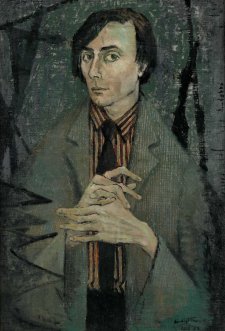
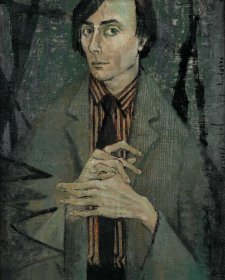
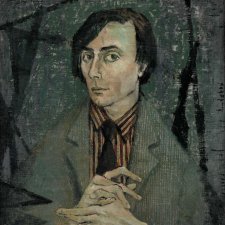
21 December 2020
In their own words lead researcher Louise Maher on the novel project that lets the Gallery’s portraits speak for themselves.
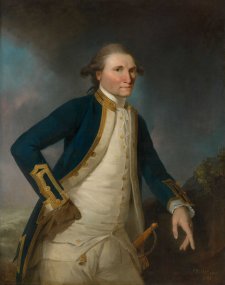
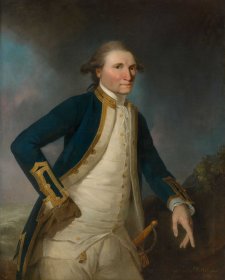
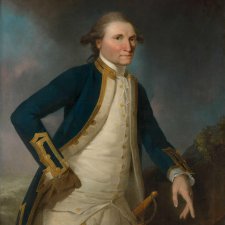
Sharon Peoples contemplates costumes and the construction of identity.